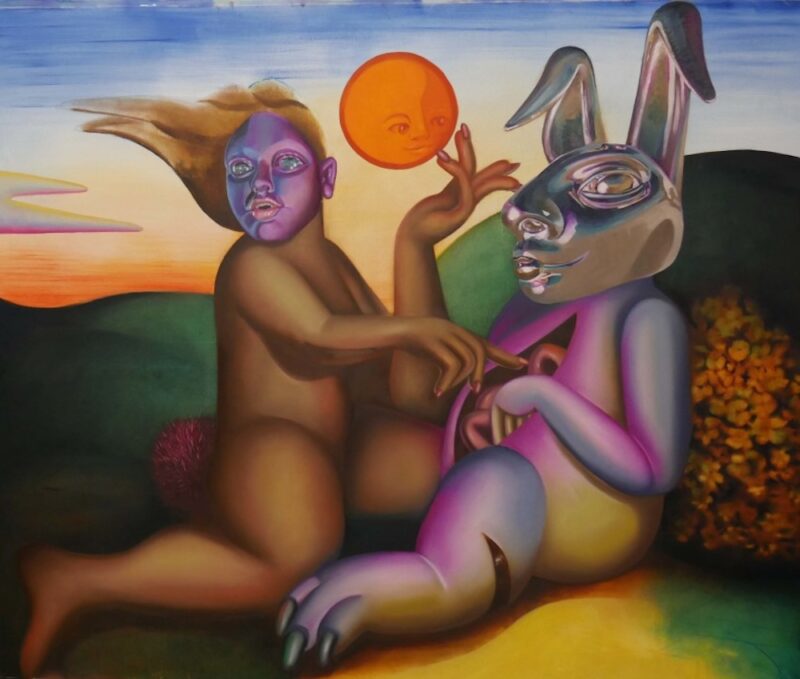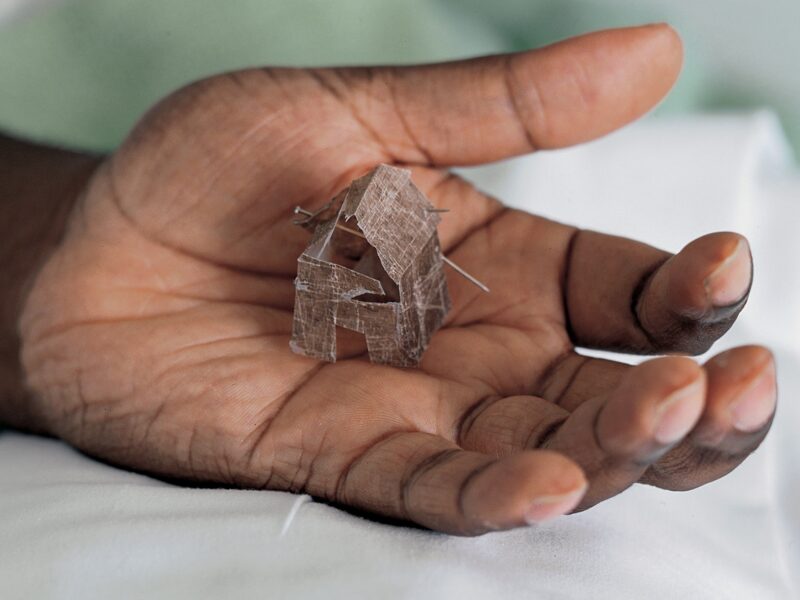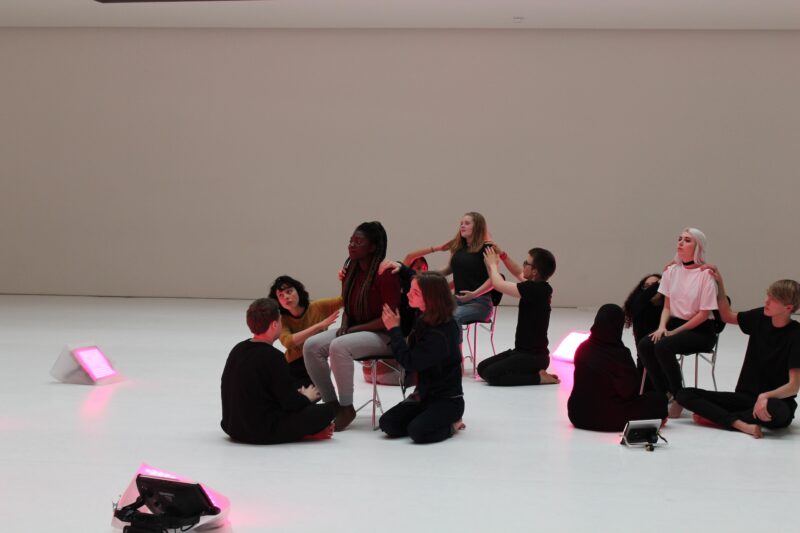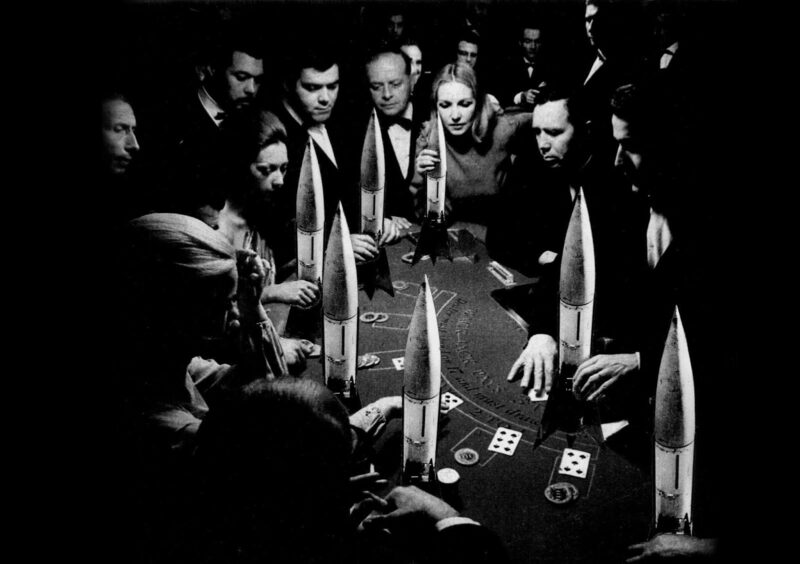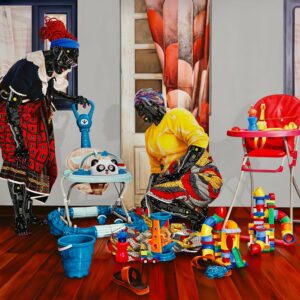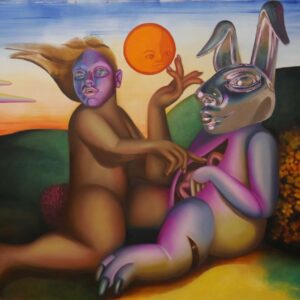The I and the You marks the first major UK public gallery presentation of the pioneering and influential Brazilian artist Lygia Clark (1920 –1988, Brazil) to open at Whitechapel Gallery this October.
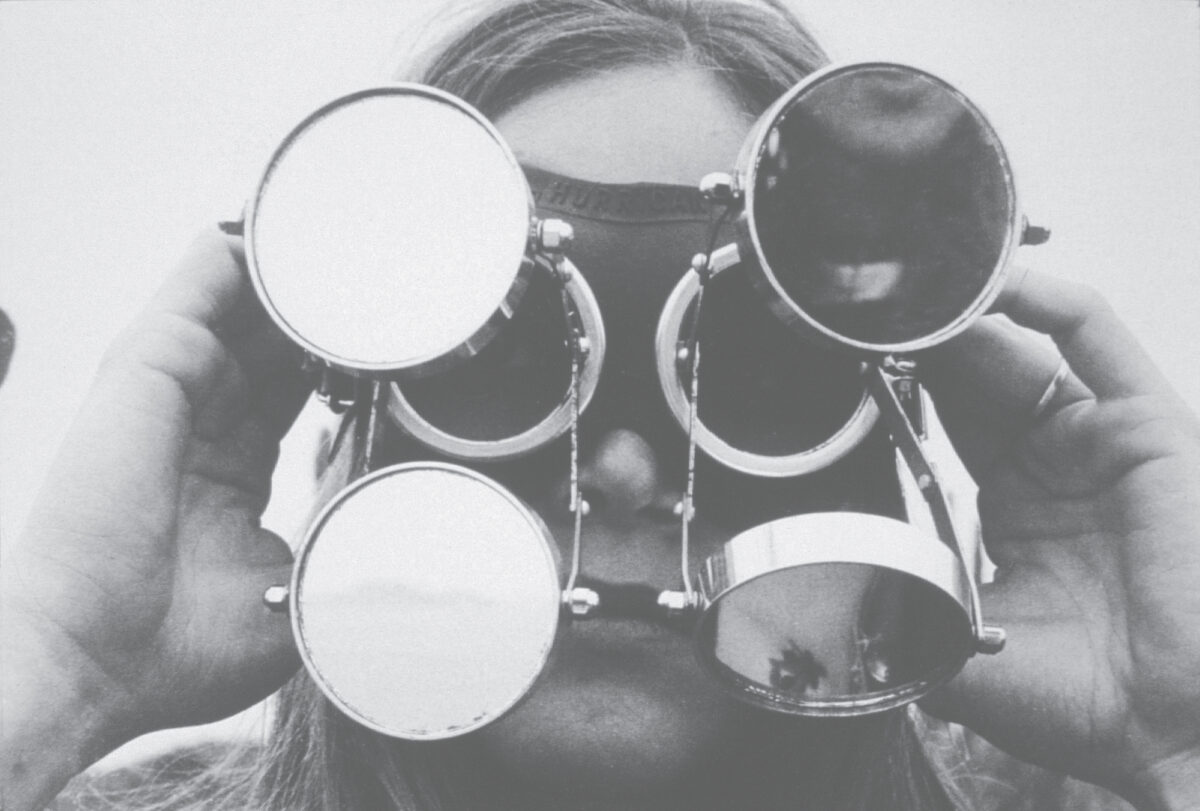
Cultural O Mundo de Lygia Clark.– The I and the You – Lygia Clark’s First Major UK Public Gallery Presentation.
The exhibition focuses on Clark’s artistic journey from the mid-1950s to early 1970s, a particularly volatile period in Brazil’s history when radical modes of artistic practice also emerged. Clark was a central figure in the Brazilian Neo-concrete movement (1959 – 1961) alongside fellow artists, Amilcar de Castro, Ferreira Gullar, Hélio Oiticica and Lygia Pape (amongst others), who were frustrated by what they felt were the limitations of ‘concrete art’ and its emphasis on non-figurative geometric abstraction. Neo-concrete artists, instead, began to push for greater experimentation, expression, colour and poetic sensibility in their practices – as well as proposing a shift in how audiences might participate in artworks.
The I and the You reveals how Clark’s early formal experimentation and growing interest in the philosophy of experience and therapeutic potential of art led to a gradual closure of the gap between the work and the viewer.
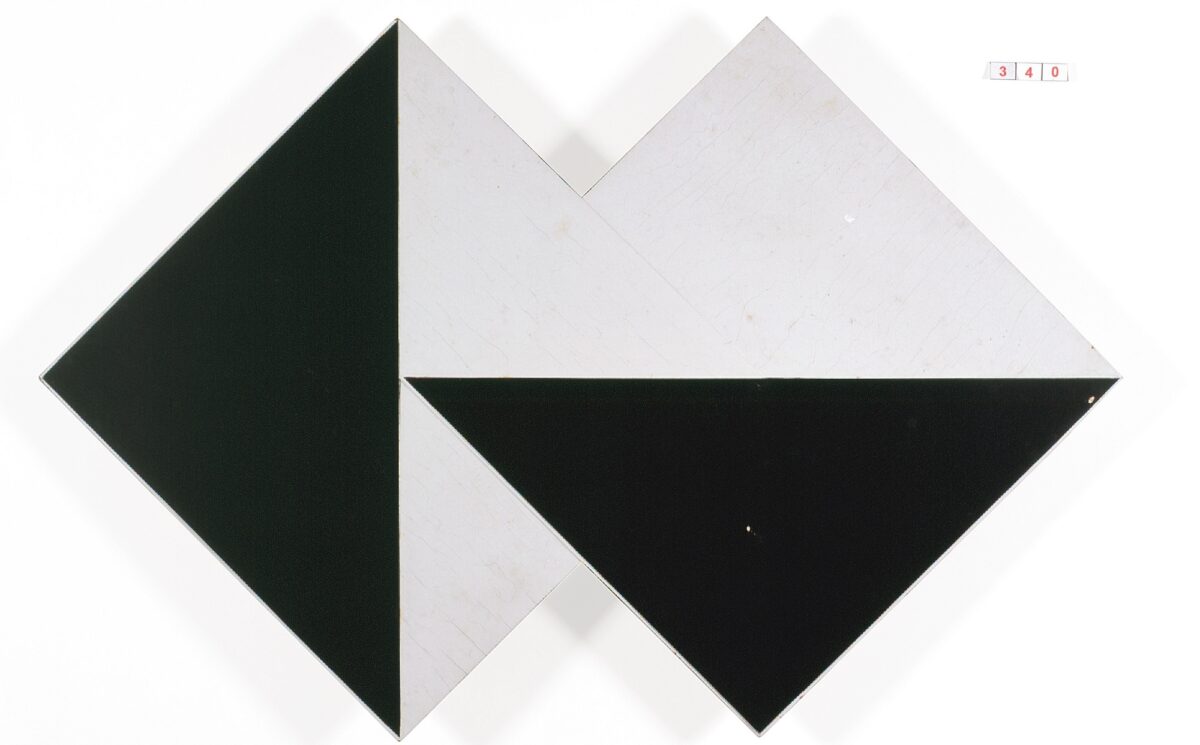
The exhibition opens with a series of paintings, studies and works on paper. These show how her investigations into painting’s constitutive elements resulted in an increasingly intuitive approach towards composition. At this time, she also became engaged in finding new ways for audiences (who would later be referred to as ‘participants’) to physically interact with her artworks continuing her interest in the relationship between object and viewer, internal and external, self and world.
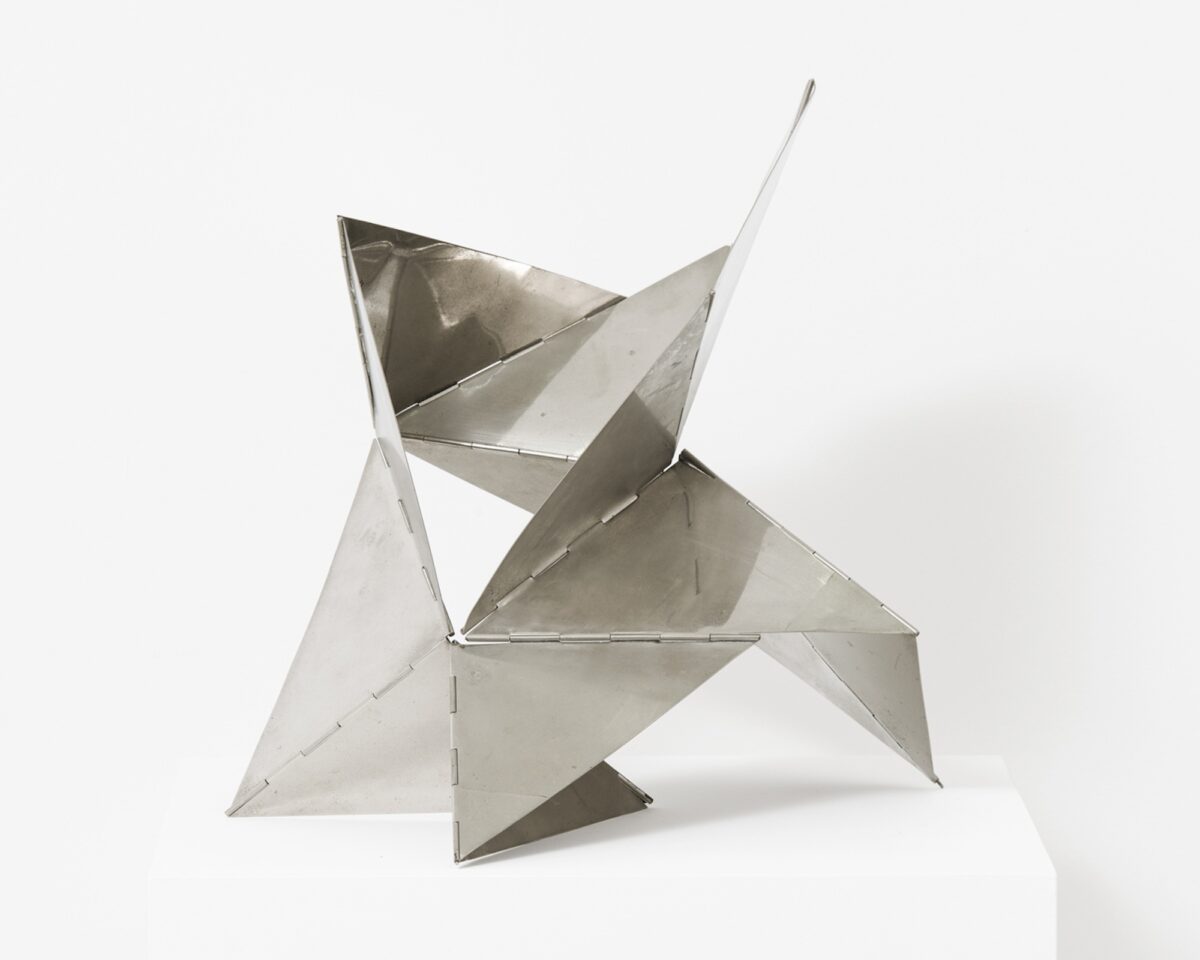
The exhibition further features examples of Clark’s Bichos (beasts or ‘critters’) – groundbreaking works born out of her enquiries into two-dimensional surfaces or planes. Consisting of geometric shapes joined by hinges along their multiple intersections, Bichos were designed to be manipulated by the viewer, making them an active participant in an ever-changing sculptural form. Replica models of Bichos and other participatory works are included in the exhibition, allowing visitors to activate these works through touch, interaction or wearing – as the artist originally intended.
Throughout the 1960s Clark’s work increasingly prioritised embodied experience over the symbolic status of the object. Her materials included plastic bags, paper, glue, stones, elastic bags and fruit netting which she repurposed, inviting and encouraging a range of experiences and propositions.
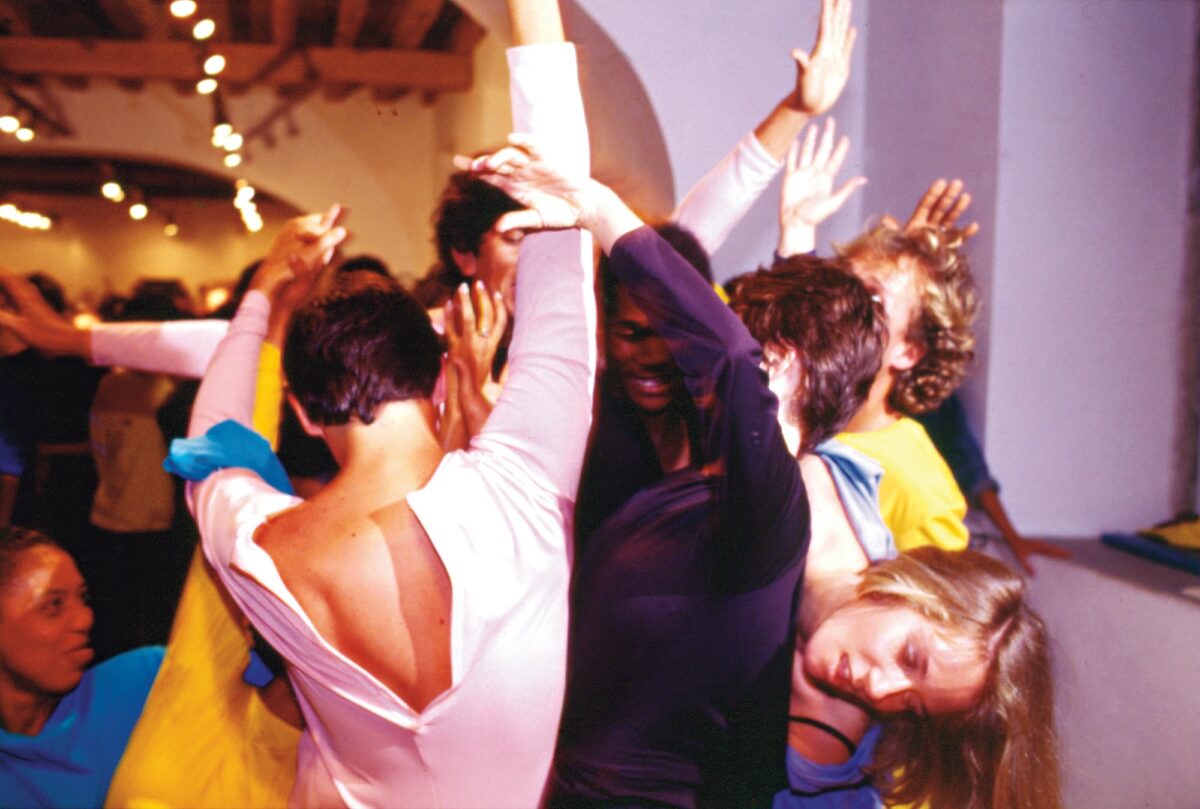
Courtesy Associacão Cultural O Mundo de Lygia Clark.
The last part of The I and the You presents some of Clark’s participatory group work, developed during her time in Paris following the May 1968 protests. Having fled the increasingly repressive political environment in Brazil, her work in France, fuelled by the revolutionary spirit of the time and place, sought to bridge the very boundaries of art by exploring group dynamics. These works will be activated through a series of performances, taking place every Saturday throughout the exhibition run.
An integrated programme of public talks, walks and other participatory events will further contextualise Lygia Clark’s work and practice.
Lygia Clark: The I and the You is co-curated by Anglo-Brazilian art scholar Michael Asbury; artist and educator Sonia Boyce; and Whitechapel Gallery Director, Gilane Tawadros, in close collaboration with the Associação Cultural Lygia Clark.
Lygia Clark: The I and the You, 2nd October 2024 – 12th January 2025, Whitechapel Gallery
The exhibition is presented in dialogue with Sonia Boyce: An Awkward Relation (showing in Galleries 7, 8 & 9). Boyce showcases specific bodies of work that reflect and exemplify shared interests in alternative participatory practice and experimentation of form, which feels especially important today when concerns towards care and participation in art are so heightened.
About the artist
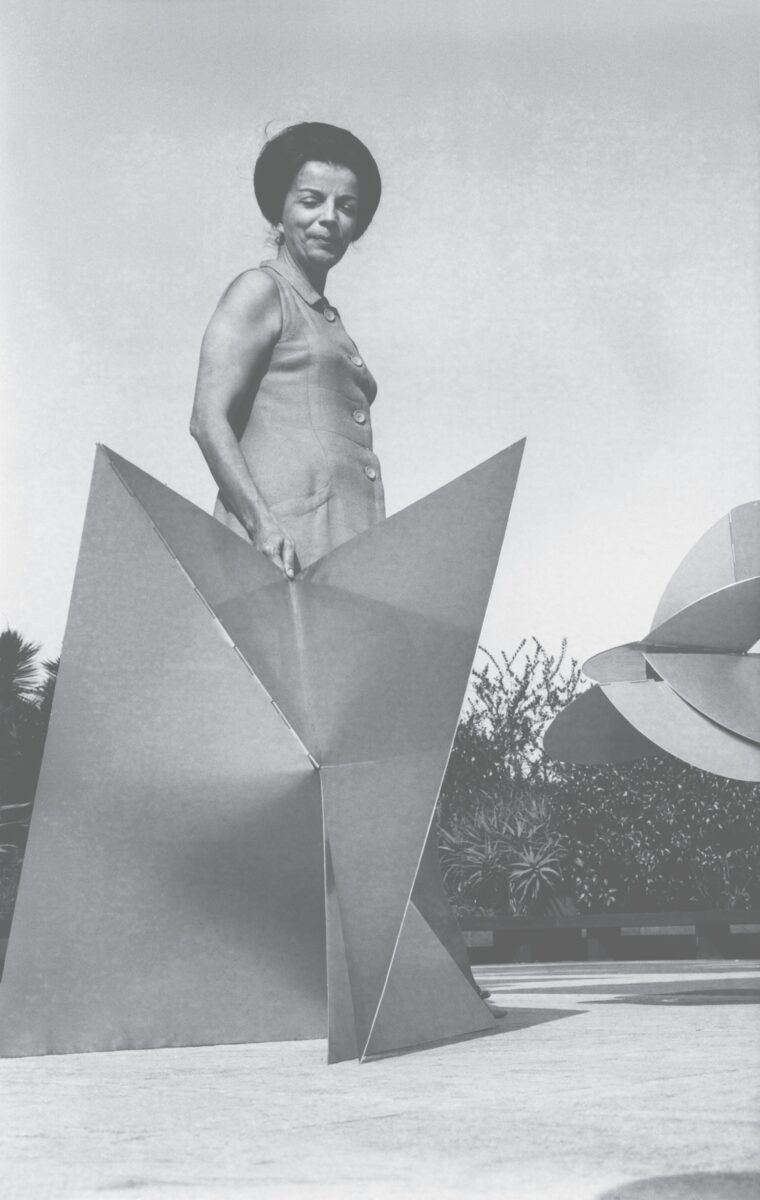
Lygia Clark (1920 – 1988, Brazil) held a central role within the Brazilian neo-concrete avant-garde in the late-1950s. During extended trips to Europe, she participated in the burgeoning and dynamic London art scene of the 1960s, represented her country at the 1968 Venice Biennale and proposed participatory actions with students at the Sorbonne in Paris in the 1970s, before returning to Brazil in 1977. Despite having had a transnational career, it was only posthumously that her work began to receive wider international recognition following a large-scale retrospective exhibition which travelled to major European art institutions in the mid-1990s. Other international retrospectives followed including: Lygia Clark: The Abandonment of Art at MoMA in New York 2014 and most recently, Lygia Clark: Projeto para um Planeta, Pinacoteca do Estado, São Paulo, 2023.
